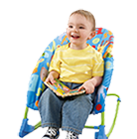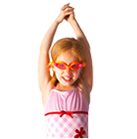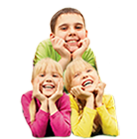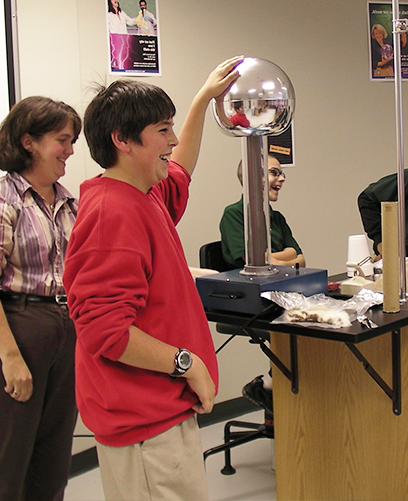Middle School Program









Maria Montessori observed another shift in the needs of her students when they became 12. As they began the transition from childhood to adulthood, there was a desire to begin developing more skills, which they could use to move into adult society. They became deeply interested in discovering their own talents and interests, and exploring the possibilities for their own futures. At the same time, they evidenced an abiding interest in the nature of humanity, and in the responsibilities and powers of human beings, throughout time and all over the world. As a result of these observations, the montessori method middle school curriculum includes:

Mathematics is an essential tool for many tasks in society. As a result, the Montessori Middle School curriculum includes daily, individualized math instruction. Each student progresses through mathematics at their own level, and topics covered may include:
A variety of other topics may also be included, depending on the interests and needs of the student. In recognition of the adolescent's interest in practical studies and real-world applications of their knowledge, mathematics is often approached through its practical applications. For example, one form of algebra work may involve physics calculations about velocity and acceleration, such as those done by engineers. In preparation for future courses and exams, word problems are a frequent form of practice for all topics.

In Montessori Middle School the students continue to work to refine the language skills they have developed in earlier years. Work on all aspects of grammar proceeds at the students' own pace. Experience is gained with many forms of writing, including poetry, prose, dramas, reports, essays, and articles. Students also read on a regular basis, both fiction and non-fiction, independently and for group discussion.

Science in Montessori Middle School builds on the strong academic foundation of the Elementary years. Students are encouraged to undertake independent work on subjects of interest to them. Some topics explored in a given year might include, for example, celestial bodies, marine life, physical and chemical change, nutrition, tolerance in living organisms, and a variety of other topics.

History instruction in Middle School covers the time period from the earliest civilizations to the modern world. The students work through a battery of general history knowledge, and for each section choose a topic of special interest to explore. Sample projects include building a model of a Roman city, writing a play about the Boston Tea Party, or a book about the development of cuneiform. The students strike a balance between a broad knowledge of historical events and an in-depth exploration of topics of particular interest to them.

An integral part of the Montessori Middle School curriculum is expanding beyond the bounds of the classroom to explore the larger community. The Middle School takes regular trips to a variety of locations to enrich the subjects they study in class and to deepen their knowledge of the adult world, and of their own possible choices. Also, by researching and planning their own trips, the students gain a variety of practical life skills.

By developing and running a business, the students can see the real-life applications of their studies, experience responsibility, and gain a degree of economic independence. It is invaluable for the student's to have the experience of being able to interact with adults not as students, but as partners and as responsible individuals.